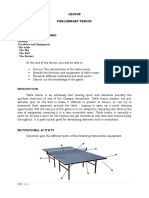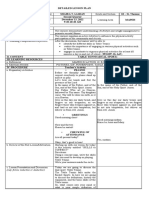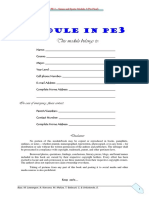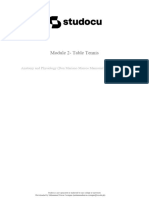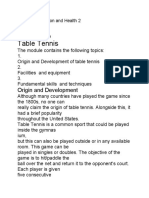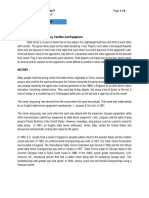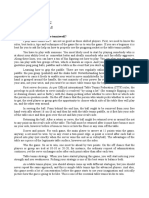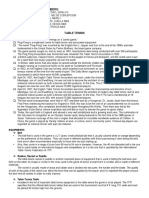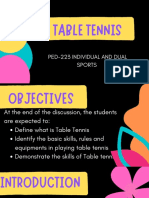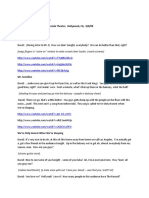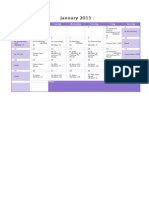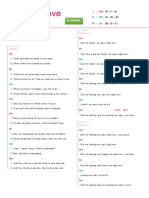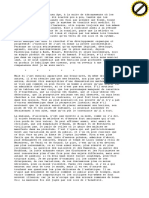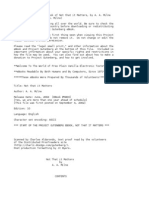0% found this document useful (0 votes)
20 views110 pagesModule in Table Tennis PDF
The document outlines a Physical Education course focused on Table Tennis, detailing its objectives, required skills, materials, and structure. It covers the history of the sport, fundamental skills, equipment, safety, ethics, and warm-up routines. Additionally, it emphasizes the health benefits of playing table tennis and provides guidelines for proper technique and gameplay.
Uploaded by
Trisha Pearl Malabad IfurungCopyright
© © All Rights Reserved
We take content rights seriously. If you suspect this is your content, claim it here.
Available Formats
Download as PDF, TXT or read online on Scribd
0% found this document useful (0 votes)
20 views110 pagesModule in Table Tennis PDF
The document outlines a Physical Education course focused on Table Tennis, detailing its objectives, required skills, materials, and structure. It covers the history of the sport, fundamental skills, equipment, safety, ethics, and warm-up routines. Additionally, it emphasizes the health benefits of playing table tennis and provides guidelines for proper technique and gameplay.
Uploaded by
Trisha Pearl Malabad IfurungCopyright
© © All Rights Reserved
We take content rights seriously. If you suspect this is your content, claim it here.
Available Formats
Download as PDF, TXT or read online on Scribd
/ 110












